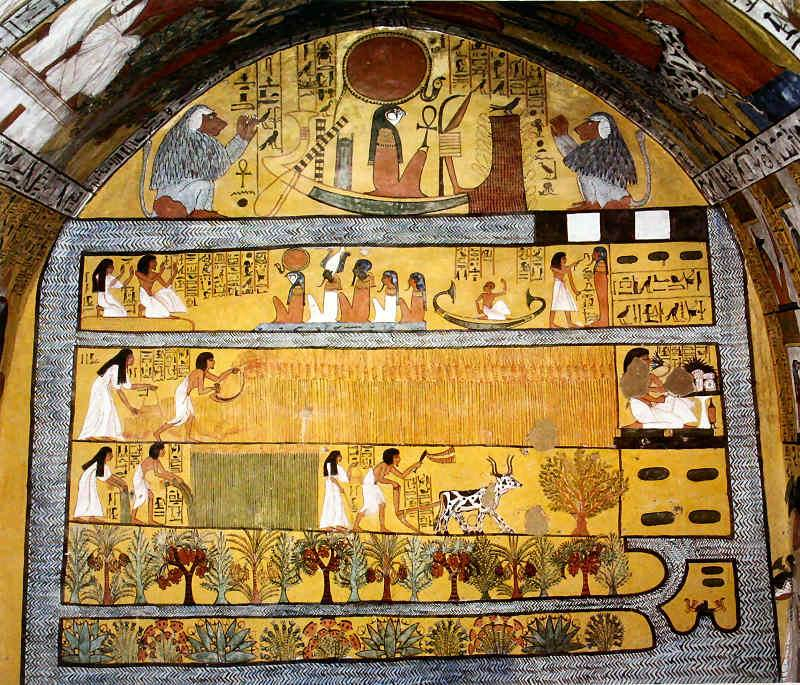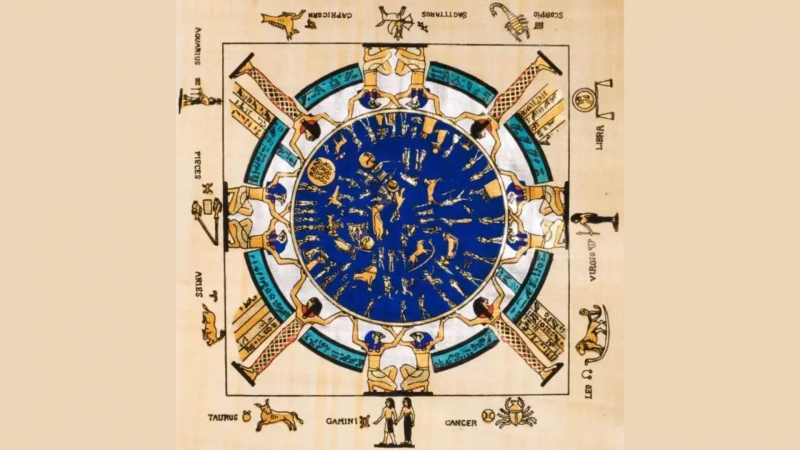The Calendar And Timekeeping
In terms of time, the Mesopotamians pioneered the way by devising the sexagesimal system. However, today's identifiable calendar and timekeeping technologies were invented by the Egyptians. The Egyptian calendar was divided into twelve months of 30 days each, with five more days added at the end of the year to bring the total up to 365. It is clear that this invention has withstood the test of time. Unlike us, the Egyptians recognized only three seasons, which farmers used to predict when crops were to be sown and harvested.
The Egyptians classified time into three major periods: the flood season (akhet), which lasted one-third of the year; crop sowing and growth (perit); and harvest (shemu). These three seasons each lasted 120 days and comprised one calendar year. They chose the rising of the Dog Star, which is visible to the naked eye, to mark the start of each year. After a while, it became clear that the calendar was too short, but the civil year began at the same time as the agricultural year.
The Egyptians not only invented the days, months, and years that we still use today, but they also invented the first timepieces. The earliest known sundial, discovered in 2013, was uncovered in the Valley of the Kings and dates from around 1500 BC. However, this was not the first instance of a timekeeping device. Huge obelisks, originally built 2000 years ago, were used to tell the time by the way their shadows fell across its carvings, and the Egyptians invented the water clock at the same time as the first sundial. Knowing the time provided a significantly more structured and efficient civilization, implying that the invention of these gadgets may have enabled many of the other breakthroughs achieved by the ancient Egyptians.
Later, they created the first portable shadow clock that was portable and lightweight enough for people to carry. The time was indicated by the shadow of a rod that had 12 parts on it. The reigns of each king were also documented in records and historical documents.

















